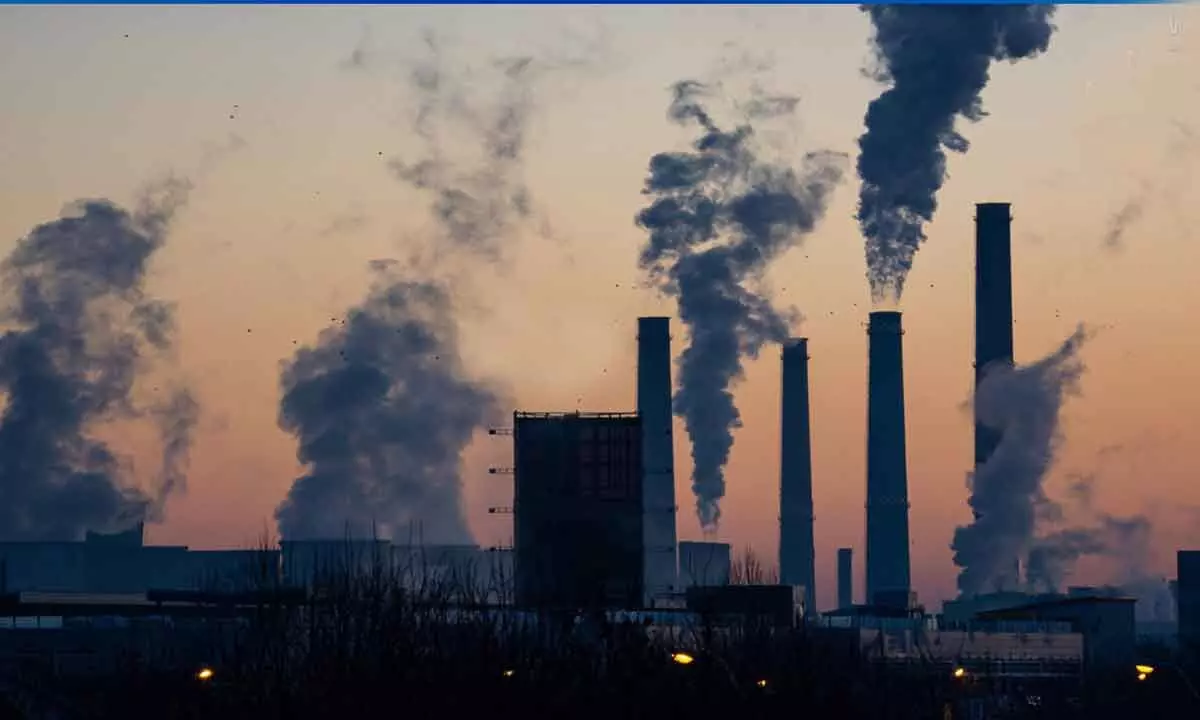Technology should be leveraged to decrease air pollution levels
image for illustrative purpose

The popularity of Diwali has been growing so phenomenally that the festival of lights has transcended the seven seas. However, amid the euphoria, one should not forget the fact that there are many unintended consequences, with pollution being the biggest pitfall. Across several cities, the AQI (Air Quality Index) has only been worsening. New Delhi is reeling under heavy smog post-Diwali. However, it is naïve to think that Diwali is the only reason behind the rising air pollution levels. Heavy vehicular movement, pollution-creating industries and continued dependence on coal-fired energy generation, are among the factors that are making several regions unlivable, consequent to which the country is a paying a heavy price vis-à-vis growth. According to a scientific paper, air pollution in India led to a loss of 1.4 per cent of the country's GDP in 2019. Unless contained, the loss can rise up to three per cent in the coming years. Hence, it is imperative that the country leverages all tools at its disposal to mitigate the impact of air pollution. Understandably, technology can play a vital role in reducing air pollution to significant levels. The foremost thing is to start relying more on renewable energy as green energy is vital for reducing coal-induced pollution levels.
Currently, India gets more than 70 per cent of its energy needs from coal-fired plants. As it aspires to emerge as the third largest economy with $5 trillion of GDP, the demand for electricity is growing on a faster note. Power generation grew at the fastest pace in over three decades in the last financial year. In this context, it is vital that more green energy gets created. As of now, renewables have a share of around 22 per cent in the country’s total power generation. Technology should be leveraged to produce more solar, wind and hydro power. Given the geographical diversity and temperature levels in most parts of the country, solar energy seems to be the best bet. Cutting-edge solar panels, improved chips and other technological interventions should be increased to achieve this objective.
Likewise, there a need to promote use of EVs (electric vehicle) as a viable measure to cut vehicular pollution, particularly because India is one of the fastest growing markets for automobiles. However, diesel and petrol-engine powered vehicles are the main culprits when it comes to air pollution. No doubt, the country has been revolutionizing the EV culture with concessions like tax breaks and support to private industries. There are currently around three million registered EVs (according to Vahan) in India and projections are that the sales figure could surpass 10 million by 2030. This is a good augury when reducing air pollution levels is the goal. The Centre should do more like providing higher financial sops to EV players. Moreover, it’s time that policy norms stringently discourage proliferation of petrol and diesel vehicles. This will create disruption in the automobile industry but then it is a small price to pay in the wake of air pollution challenges. Moreover, emerging technologies like AI, ML and IoT should be leveraged to keep track of air pollution levels and take remedial measures. After all, millions of lives are at stake on any given day.

